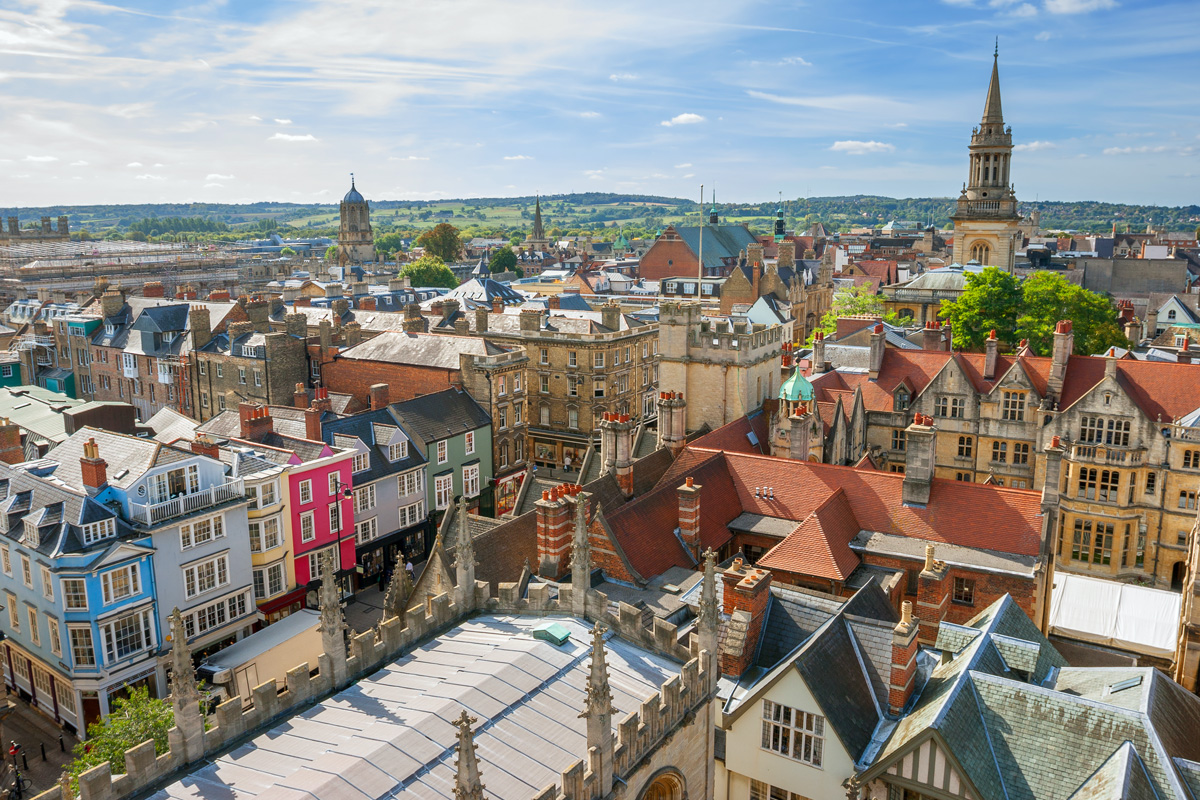- UK /
- Oxford
Discover The Latest Property Statistics and Sold House Prices In Oxford, Oxfordshire.
Gain a competitive edge in the Oxford, Oxfordshire housing market using our extensive data on house prices with local insights and trends.

OXFORD
Property market data for Oxford in Oxfordshire. Compare data on the district postcode areas of Oxford including sold house price growth, long let gross rental yield, buyer demand, average asking price, average price per square foot and average rental prices. Explore Oxford with a range of tools to help you understand the local market.
In the centre of Oxford, OX1 long-let gross yield is 4.3%, the average rental price is £434 the average asking price is £525,485 and the average price per square foot is £523. There are currently N/A completed property sales per month, with a turnover of 12.0%. Toggle between postcode districts to see how different areas compare.
BUY-TO-LET PROPERTY INVESTMENT IN OXFORD
Understanding the Housing Market in Oxford: Key Facts and Figures
Oxford is a central city in the south of England with an estimated population of 151,584 people, that is 56 miles from London, 64 miles from Birmingham and 61 miles from Bristol. Its location means it is extremely well-connected to major, English, core cities. But the first thing that comes to mind, when thinking of Oxford, is its University, the oldest university in the English-speaking world and one of the most prestigious, higher education institutions ever to have existed, that also maintains the Bodleian Library (named after Sir Thomas Bodley), the largest and perhaps, most important library in the UK. The university forms the bedrock of Oxford's brand on the international stage and rightly so. The city has a long history, dating back to the Saxon period, when it formed due to its strategically important location, sitting at the junction of the upper reaches of the River Thames and the River Cherwell. It grew during the Norman period and in the 12th century, the university was formed, going on to increasingly dominate the cultural and architectural life of the city. However, the university is not necessarily that dominant an economic force in Oxford today. During the 19th and 20th centuries, manufacturing and printing became important industries and while, during the 70s and 80s these industries declined, what has been left in their wake is not simply the university town of old. Today, the main industries in Oxford are car manufacturing, publishing, science and technology and unsurprisingly, due to its notoriety and fame, tourism. There is also an old but still very-much-alive brewing culture in Oxford with some very large breweries calling the city their home. But perhaps the most dominant, growing industries lie with the sciences, including information technology. As is also true of Cambridge and other top university cities around the world, academic talent can attract business talent, providing a fertile ground for technology start-ups, interested in big ideas. However, Oxford could be described as somewhat exclusive. House prices are generally quite a bit higher than the UK average and there is a paucity of new developments. Victorian townhouses and quaint cottages conjure up a quintessentially British ideal but the reality is a supply-side shortage and a highly competitive property market. Whilst it is certainly a jewel in the crown of England and a historic and cultural force, Oxford can feel elusive and inaccessible for homeowners and investors who might be weighing up their options.